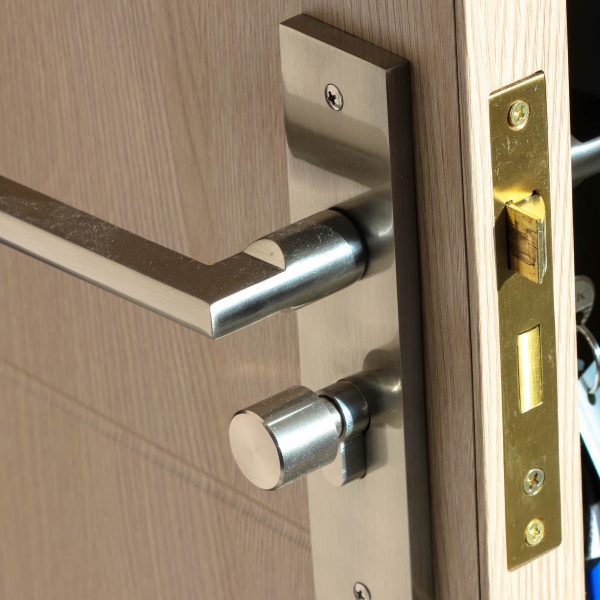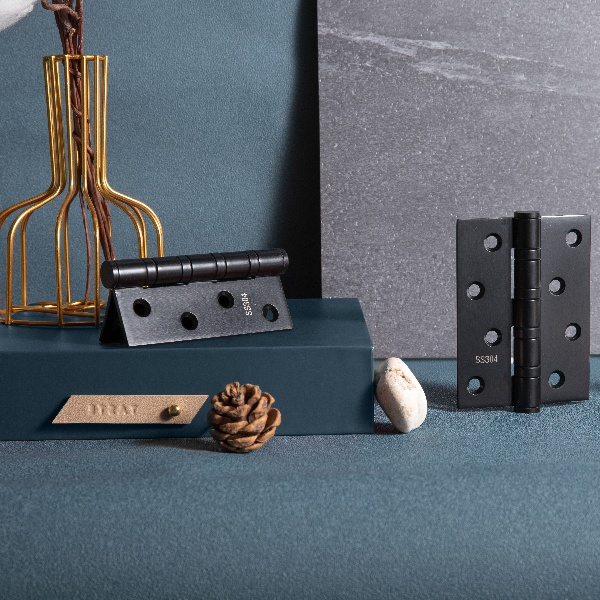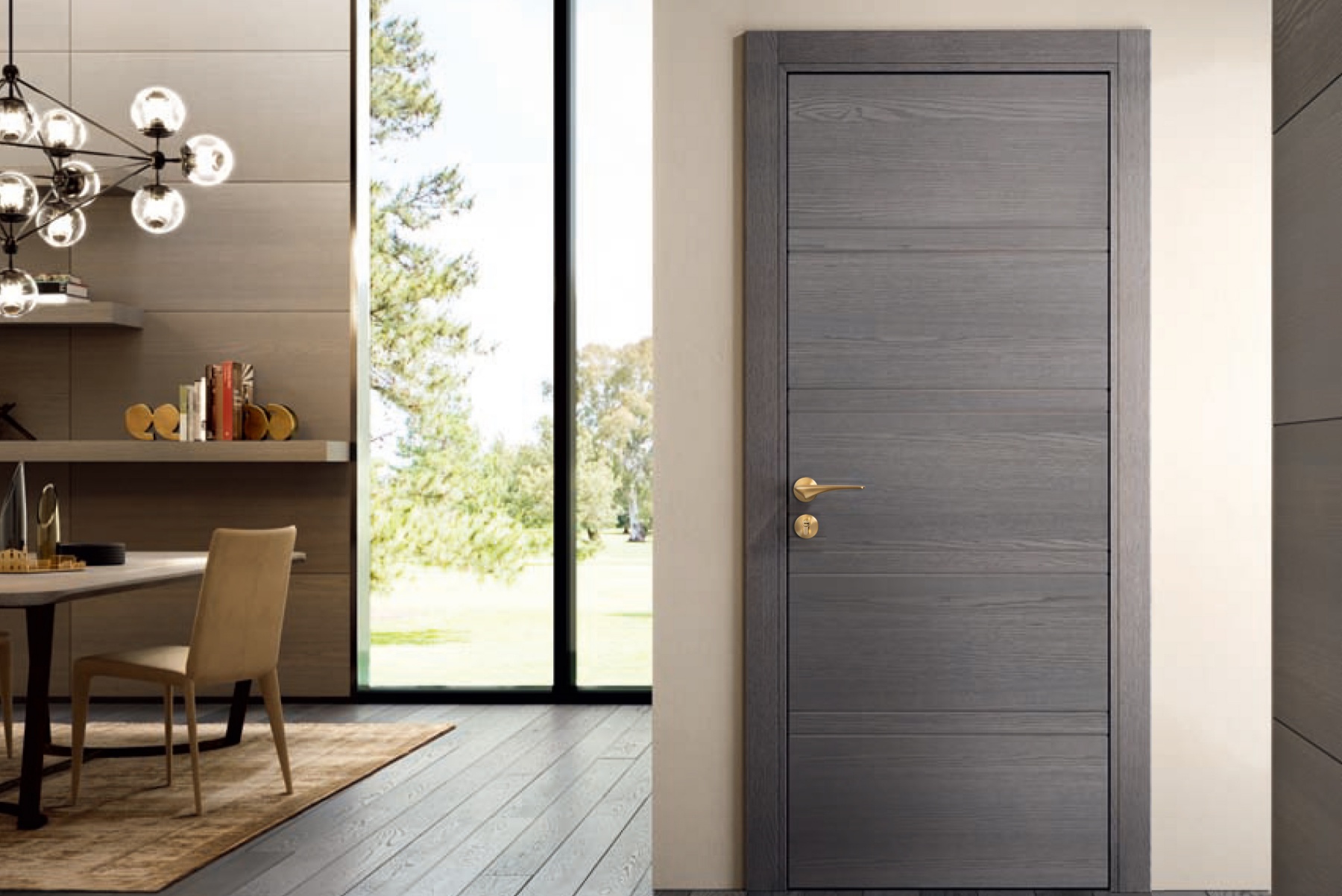If your door lock isn't working properly, it's more than just a nuisance. Problems with your exterior or garage door lock can prevent you from entering your home and can cause security issues that put your family's safety at risk. So if the lock is broken, you don't want to leave it there for long.
Read on to learn how to diagnose common door lock problems that may prevent you from entering your home and property, and how to fix them yourself.
What to do if your door lock isn’t working: 5 common fixes
The sooner you catch a door lock problem, the better your chances of fixing it yourself, so don't overlook small problems like a loose lock or a lock that sticks when you turn the key. Here are a few simple ways you can solve common door lock problems without calling in a professional.
sticky door lock
If your door lock or deadbolt is stuck, it could be due to dryness or dirt buildup. For a simple fix, try applying graphite powder or dry Teflon lubricant spray to the keyhole to help the lock move. Exterior doors exposed to the elements may benefit from a commercial lock cleaner sprayed into the keyhole to dissolve dirt or debris. Compressed air can also be used to remove dirt from locks.
The key is broken in the lock
If the key breaks off in the lock, you can grab the exposed end with needle-nose pliers and gently pull it out. If the key doesn't reach far enough to grab, carefully insert a cut length of the coping saw blade to hook the key and drag it out. If the key is still stuck, remove the lock cylinder and insert a hard wire into the slot on the back to push the key out. You can also take the lock cylinder to your local lock shop to have the key removed.
Freezer door lock
If you live in a cold climate, your door lock may freeze, preventing you from inserting or turning the key. To heat the lock quickly, try using a hair dryer or heating the key with a car heater or a hot water pot. Commercial aerosol lock de-icers are also effective and can be purchased at most hardware stores.
door lock loose
If you have lever-style door handle locks, they may come loose with daily use, creating locking issues. To tighten the lock, align the doorknobs on both sides of the door and temporarily tape them in place or have someone hold them while you work. Once the door handle is properly aligned, tighten the screws until they are flush with the door handle, replacing any stripped or damaged screws.
Key can't open
If your key won't open the lock, the problem may simply be a poorly cut key. Test the lock using keys cut at different times to ensure security. If the key isn't the problem, try lubricating the lock with graphite powder or a silicone-based lubricant.
If you can turn the key when the door is open but not when the door is closed, the problem may be with the alignment of the door or lock. In these cases, you may also notice that your door is not latching properly. To fix a misaligned or loose door, tighten the door hinge screws to correct any sagging.
If the key still won't turn, you may need to reposition the lock's deadbolt plate, which can be done by unscrewing the deadbolt plate and positioning it so that the door lock bolt is flush with the deadbolt plate.
No matter what the cause of your door lock problem is, you must resolve it as soon as possible or you may jeopardize the security of your home or office.
Additionally, failure to address these common door lock issues promptly could result in you being locked out and having to pay for an emergency locksmith.
So be sure to apply what you learn here to any future locking problems you encounter, as the advice we provide will cover most problems.
We hope our blog is useful to you and helps you solve some of the most common door lock problems in the most cost-effective way.
Finally, we will recommend you a door handle with privacy function from our company, which will eliminate most door lock problems for you(Yalis B313). Thank you for reading and if you have any questions, please feel free to contact us.
Post time: May-17-2024



